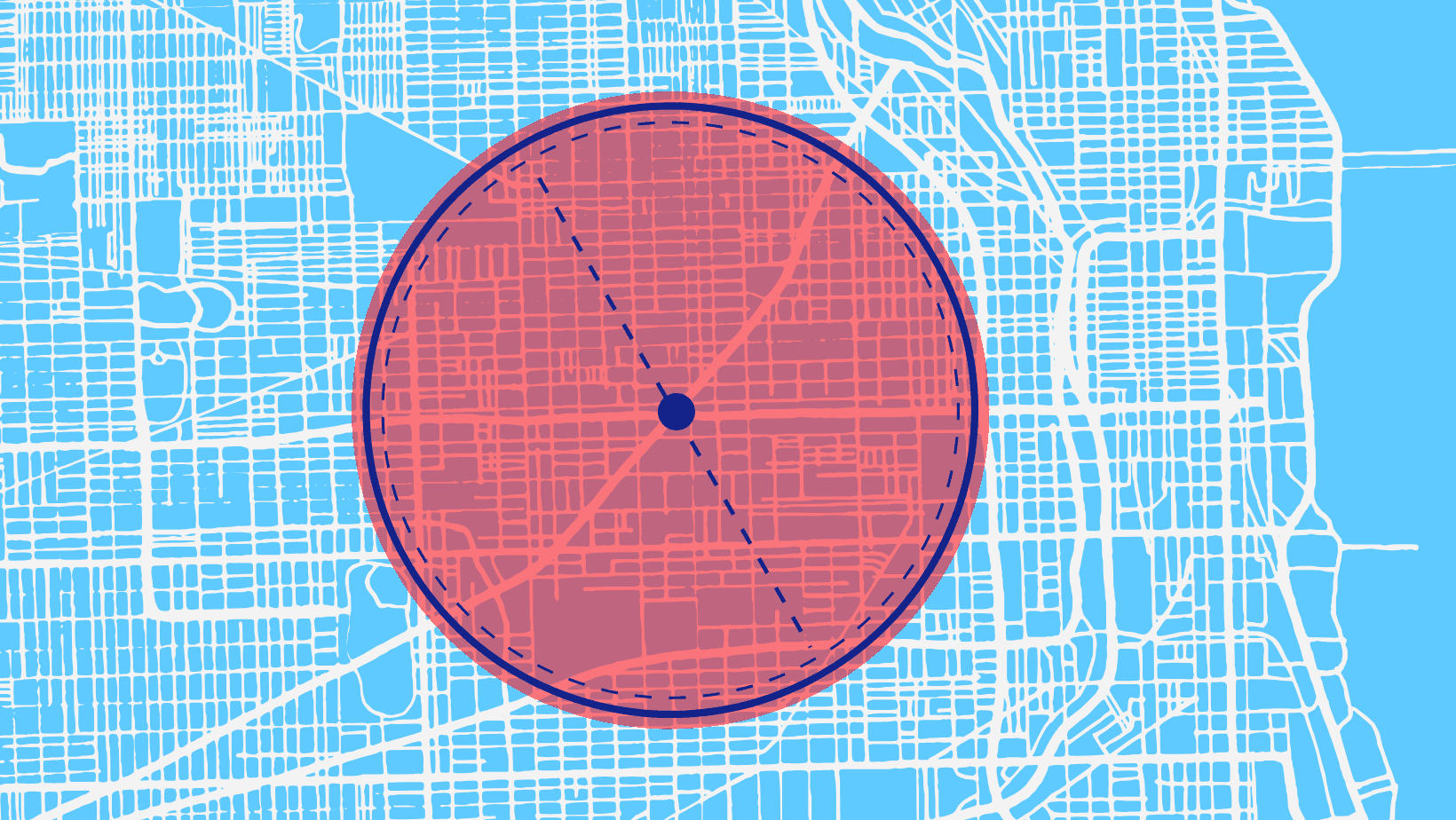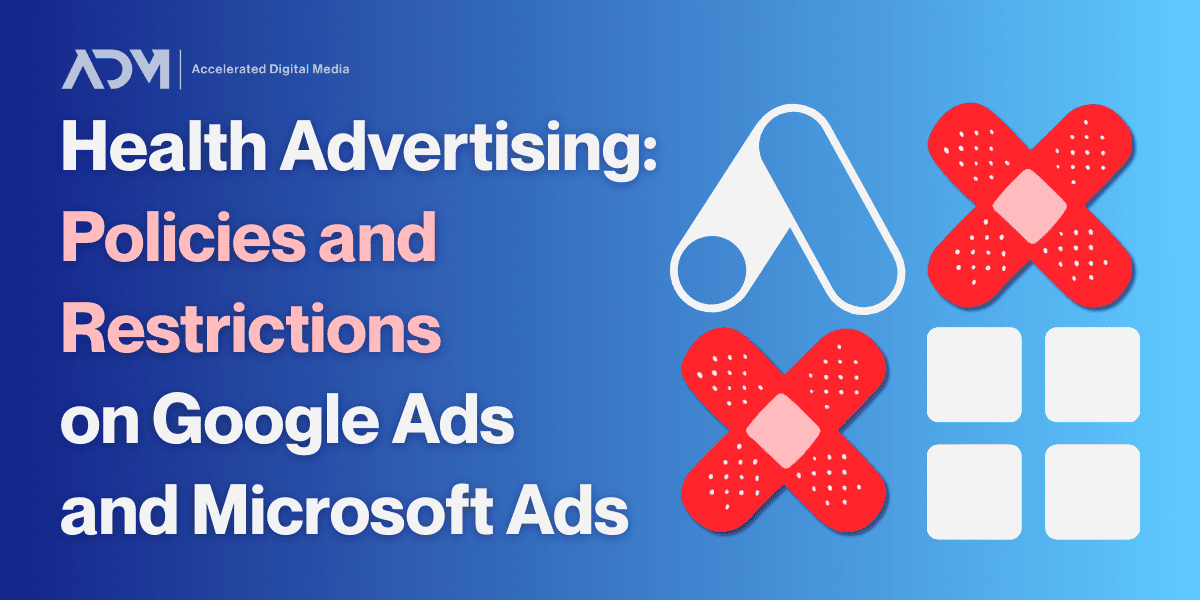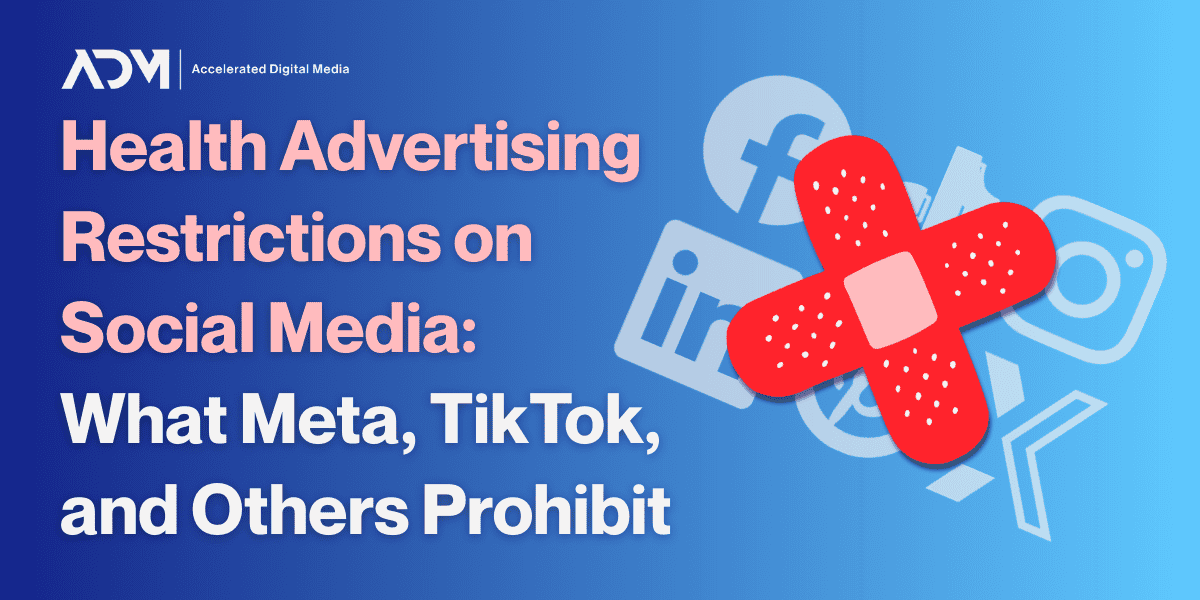Driving in-person business via digital marketing is more complicated than generating online purchases. It requires a different tactical approach based on a firm grasp of your budget and business needs. It also relies on deftly using certain Google Ads features that can inspire people to physically visit one of your locations.
From restaurant and retail chains to veterinary or medical groups, countless industries rely on unique search engine marketing (SEM) approaches that turn digital queries into in-person sales and appointments. Here, we lay out ADM’s top 5 keys to designing an effective Google Ads strategy for your in-person business.
1. Divide Budget Across Locations Based on Need
For businesses with multiple physical locations, the first step is to determine how you will spread your budget between them. Will each store or clinic have its own unique budget, or will they share equal slices of one larger brick-and-mortar campaign pie?
It will heavily impact account set-up if you plan to allocate budget by creating distinct campaigns for each location. For maximum granularity and control, separate campaigns and budgets are almost always the right way to go.
But choosing which locations receive more or less of the Google Ads budget can be a hurdle for marketing teams. Giving less marketing budget to one location compared to others could also be seen as preferential treatment, which can result in unhappy location managers.
The best approach is to allow the marketing team full autonomy to make decisions across all stores or clinics, provided they’re following best practices and have a strong strategy in place. The balance of your allocation must be guided by the overall business goals, with analysis on what each location needs in order to help you reach those goals. Good data and a goal-oriented account structure makes it easier not only to scale to new locations, but to continue optimizing over time.
2. Group Locations Into KPI-Based Tiers
For businesses with a large number of location campaigns, it can be overwhelming to manage them individually. To navigate performance holistically, consider grouping these campaigns into tiers or buckets based on recent performance or long-term goals.
There are infinite ways to group campaigns into tier based on your specific needs, but below are a couple examples that support easier optimization.
By Budget: Put the campaigns with the highest range monthly budgets into tier 1, second highest range into Tier 2, and lowest range in Tier 3.
By Goal & Performance: Put all location campaigns that are consistently meeting their KPI or goal in Tier 1 and find solutions to scale these campaigns to capitalize on strong performance. Tier 2 could be location campaigns that are not yet meeting their desired KPI and need stronger optimizations.
Looking at your campaigns in tier sets can make it easier to gauge success comparatively and make batch adjustments to grow performance. For goal and performance-based organization systems, it’s important to regularly evaluate and move campaigns out of tiers if they no longer belong there.
3. Invest In A Strong Internal Tracking & Reporting System
When growing a location-based strategy, you need a standard source of truth. There are two important factors to consider when investing in an internal reporting system.
First, as a location-based company, ensure you’ve identified a tool that can aggregate data from all locations and output the desired information both individually and cumulatively. Google store visit conversions, orders, completed appointments, calls, and revenue are popular KPIs that you may want to monitor across all locations individually. Find a solution that can support aggregating that data and integrating into your current business solutions.
Second, look for a customer relationship management (CRM) or tool that integrates with media-buying platforms. Are there options to feed your data back to Google Ads? If not, can it integrate with popular reporting tools like Looker and Tableau?
You can’t build a successful media strategy if you can’t attribute in-person success to your online campaigns. There are multiple tools available to marry internal data with media dollars, but finding the right solution will heavily impact how campaigns are optimized for years to come.
4. Take Advantage of Google Ads Features Designed for Local Businesses
Google Ads is always evolving campaign types and features for diverse advertising needs. Many of their offerings are designed specifically to help brick-and-mortar businesses like retailers or veterinary groups to attract more customers. These include:
- Local Service Ads (LSAs): Recently, Google has created the opportunity to serve LSAs across multiple industries. This ad type appears alongside Search and Local Ads to help users get in touch with Google-verified businesses. After verification, your business will receive a “Google Guarantee” badge on their business profile. With these ads, you only pay when you secure a lead. Eligible businesses include things like contractors, law firms, health providers (including dentists and optometrists), and animal services, among others.
- Performance Max Campaigns: Performance Max campaigns are one of Google’s most potent and versatile new offerings. They rely primarily on machine learning rather than manual targeting: they’re designed to seek out users who are most likely to take whatever conversion action you specify. These also display across the Google ecosystem and can appear as Local Ads shown in Google Maps box above organic results. These campaigns can be optimized towards phone calls for appointment-based businesses or store visits for walk-in traffic.
- Google Reviews: Encouraging users to leave reviews and resolving any poor feedback reviews and ratings is key for location-based businesses. Star ratings can appear in both search ads and your local ads in the Maps screen. These ratings are aggregated from both Google and approved third-party sites, and they are vitally important to brand reputation.
- Highly-Specific Location Targeting: Get as specific as you can in defining each location’s primary target area to avoid overlaps. By using a combination of zipcode and radius targeting, you can carve out precise territories for each of your campaigns. Most businesses will want to change their location settings from the default “presence or interest” targeting to just “presence: people in or regularly in your targeted location” to avoid serving ads to those who may only be researching your target area.
- Location Extensions & Call Extensions: These enable users to find you in Maps or call your business directly without even having to leave the search engine results page.
5. Develop a Location-Based Landing Page Strategy
Another major decision is where to drive your traffic through media campaigns. Driving to one universal landing page requires the lowest development and maintenance lift, but doesn’t allow the advertiser to personalize the landing page to any location. This could create quality score issues, particularly if you want to incorporate location-specific keywords and ad copy into your SEM program.
Standalone landing pages allow for the opportunity to track location-specific traffic and implement unique tracking. They’re also an excellent way to boost rank in specific locations because you can personalize ad copy, keywords, and landing page design to that specific location—though building them out requires more development time and strain on internal resources.
Your landing page strategy will be dictated by your number of locations and your need for unique conversion tracking, like location-specific phone numbers for example. Decide on a landing page strategy after finalizing how you’re tracking and reporting on results per location. Also consider how this might impact the rollout of future location campaigns.
Turning Online Savvy Into Local Success
Translating digital tools into local business is a craft that demands careful planning and execution. Every step, from identifying your target audience to sculpting an effective landing page strategy, will make a difference. In digital marketing, personalization and traceability pave the way to success.
If you have questions about building an effective growth strategy for your in-person business—from retail stores to veterinary and medical clinics—feel free to reach out to the ADM team. Our experienced professionals are pros at navigating the intricacies and transforming your digital efforts into palpable local results.




